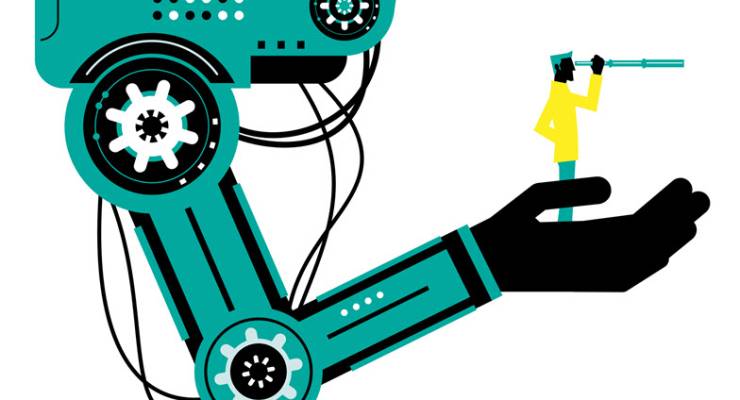
If you read financial updates from wire service Associated Press, real estate updates online in Sweden, or hyperlocal data-based reports in regional parts of the UK, there’s a good chance you’ve been reading words written not by a human journalist, but by a robot. Or, to be precise: articles pulled from databases of information and using artificial intelligence.
Around the world, news organisations have been experimenting with technology to discover new ways to find new stories, make reporting easier and free up much-needed resources as newsrooms contract.
For the most part, most copy written using AI is being produced by the world’s biggest wire services. Bloomberg produces company reports, and Associated Press has been using AI to produce business wire copy and some localised sports results.
In the UK, Press Association recently worked with Google on a project that localised open source databases, for use by regional news outlets.
And in Sweden, Mitt Media, which owns a number of regional news websites and has been playing with AI for a few years now. They say its bot-produced hyper-local real estate content has helped boost subscriptions.
Peter Fray, a professor of journalism from the University of Technology Sydney, told Crikey that artificial intelligence was starting to play an increasing role in journalism. “There’s more data in the world than there ever was … We’ve had exponential growth of data, and there is a potential there for growth in news stories,” he said.
“I don’t think there’s that much evidence at this early stage that we’ve been getting news stories we wouldn’t otherwise have got, but it’s entirely feasible that might be the case [in the future].”
Fray said that, at the moment, this AI-produced content is based on structured data. “It needs structured data before it can produce or think for itself and that’s why financial or sporting wire services are best suited to AI at this time … They need to understand, for example, that this is a company, this is a number, and then it can generate a story.”
In a report on its use of AI, Associated Press said that since it started produced automatic earnings reports in 2014, they had freed up 20% of journalists’ time for them to do more qualitative work. The argument, used by many of the outlets using AI, is that by using technology to find stories, or do the legwork, journalists can focus on the work that computers can’t do — interviews, feature writing, work with contacts.
Mitt Media’s Homeowner Bot analyses Swedish land registration data, uses an algorithm to find the most interesting angle and images, and automatically publishes and sends push alerts to subscribers who have selected the relevant area as one of interest. Mitt Media head of content development Li L’Estrade said the bot-written articles, launched last year, were often the most-read on their website:
“Since more than 100,000 homes are sold within our geographical area every year, it wouldn’t be practical or make economic sense to let reporters write articles of every sale. So The Homeowners Bot was born to generate these articles automatically,” she said. “If The Homeowners Bot were a human journalist, it would by far be our most effective employee at a fraction of the cost.”
In an age of fake news, bots are being used for fact-checking too. Wire service Reuters said in a report earlier this year that the best success so far had been in identifying statements to fact-check from speeches or articles, which were then referred to human fact-checkers. But even those existing bots are fairly rudimentary at the moment; they often miss implied facts or complex sentences that humans would pick up.
Elsewhere AI is being used to identify people in a crowd for online interactives, predict elections and convert speech to text and text to speech.
Fray said it’s not likely that bots and AI experts will be replacing journalists entirely, it’s an area we might actually see some job creation in the media. “The challenge for newsrooms is: what does it mean for the type of people we have in newsrooms?”








I’ve noticed even in the UK Torygraph small pieces which seem to have been written without human hand – clearly cut’n’paste.
Like the Turing machine problem, one currently finds so much churned out by, alleged, human beings to be so deracinated and bloodless then question becomes, not “how does one tell?” but “why give a flying?”